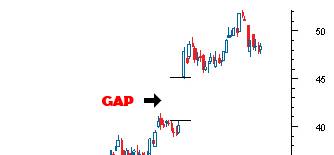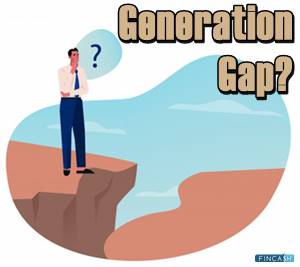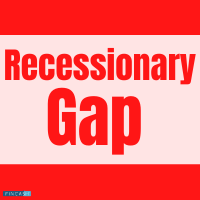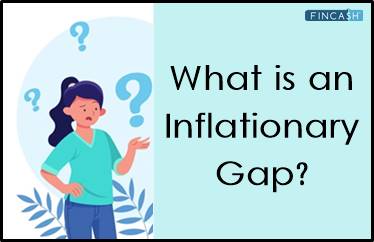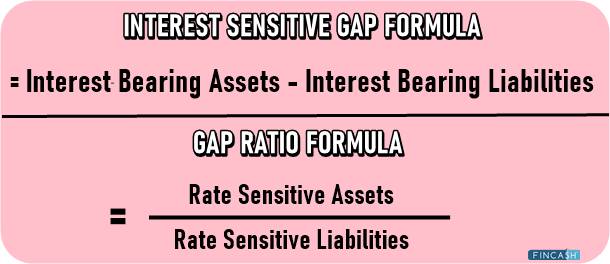
Table of Contents
GDP Gap
Explaining the Definition of GDP Gap
The Gross Domestic Product (GDP) gap is regarded as the output of a county’s Economy that has been resulted from the failure to develop satisfactory jobs for those who are willing to work. Basically, GDP gap can be represented as the difference between actual GDP and potential GDP as displayed by the long-term trend.

This gap showcases value and production that get irretrievably lost because of lack of employment.
Breaking Down GDP Gap
To put simply, a Gross Domestic Product can either be negative or positive. And, generally, it is calculated with this formula:
GDP = Actual GDP – Potential GDP / Potential GDP
From the point of view of macroeconomic, either there should be no GDP gap at all or the smallest possible one. A negative GDP gap represents that the economy is underperforming. And, such gaps are common after the economy has undergone a financial crisis or an Economic Shock. Mostly, a negative GDP gap reflects a hesitating business environment.
Herein, companies are not willing to commit or spend upon increased production until there are any positive signs of recovery. In turn, this leads to lesser hiring and consistent layoffs across sectors. On the other hand, a positive GDP gap can also create issues.
A massive positive gap could indicate toward overheating of the economy and that it is going in the direction of correction. This positive gap could mean that the economy might be at risk of high Inflation.
Talk to our investment specialist
GDP Gaps Between Countries
This term – GDP gap – can also be applied simply to the difference between the economies of two different nations. Recently, there has been increasing attention being paid to the GDP gap between Chin and that of the United States, which has the world’s largest economy in terms of Gross Domestic Product.
Back in 2017, this GDP gap was noticed at around $7 trillion; however, it still represents a quick closing in by the rival country – China – in the last ten years. Also, when these figures of GDP got adjusted for the parity of purchasing power, China managed to conceal the United States of America in 2017. Having said that, China still has a long path in front to measure, like in terms of GDP per capita and more.
All efforts have been made to ensure the information provided here is accurate. However, no guarantees are made regarding correctness of data. Please verify with scheme information document before making any investment.
